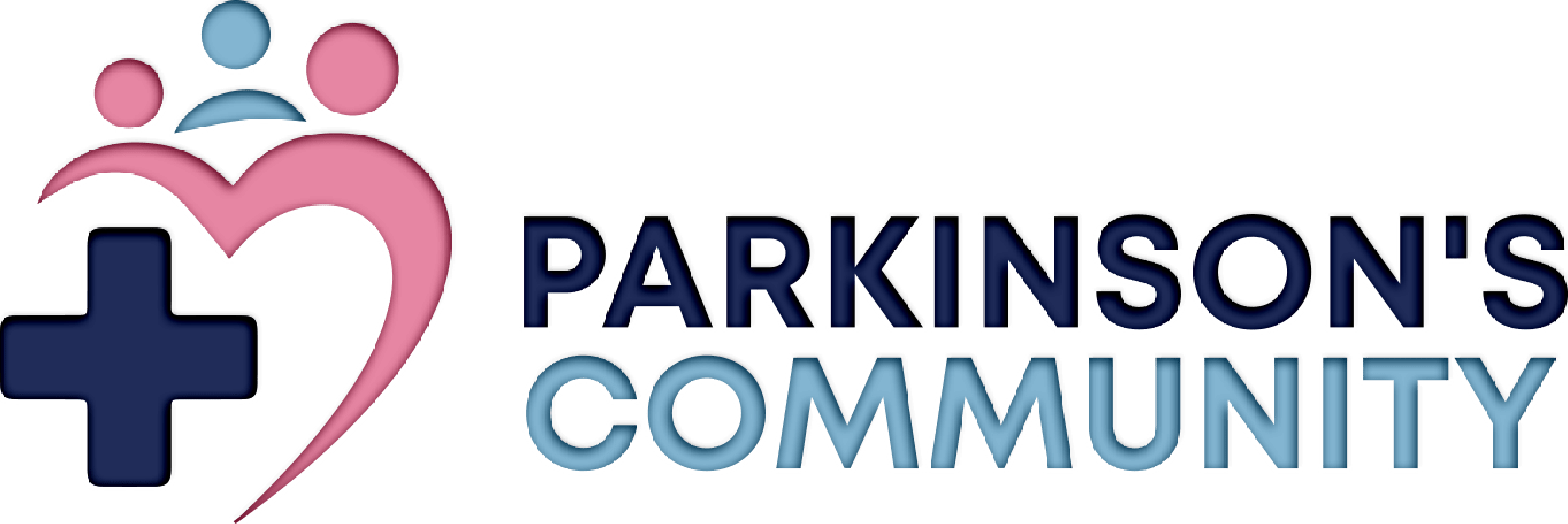Fortunately, there are more advanced options to consider if medical therapies do not seem to alleviate the symptoms of dyskinesia:
Deep Brain Stimulation (DBS)
Deep brain stimulation (DBS) should be considered for patients who have disabling motor fluctuations and dyskinesias despite optimal medication therapy or severe medication-refractory tremor. Surgery should not be unnecessarily delayed when patients cannot practically be improved to an acceptable level within a few months of aggressive medication adjustment commonly using multiple PD medications simultaneously. For patients with troublesome motor fluctuations and dyskinesias, this typically means the use of 4 or more doses of levodopa per day (and often a trial of Rytary) in combination with an MAOB inhibitor, COMT inhibitor, dopamine agonist, and amantadine. For patients with severe refractory tremors, levodopa doses of up to 500 mg per dose should be tried in addition to anticholinergics and amantadine. Clozapine may also be effective for severe tremors in some patients.
Deep brain stimulation involves implanting an electrode in a target site and hooking this up to a pacemaker-like device to deliver an electrical current to that area of the brain. Lesioning surgery involves destroying the target site with a radiofrequency probe to abolish the abnormal signals coming from this dysfunctional region of the brain. In general, lesioning procedures are performed infrequently in the United States since the effect is permanent and cannot be adjusted after surgery. Deep brain stimulation allows for modification of the current to optimize the benefit and minimize adverse effects. DBS may be performed relatively safely on both sides of the brain, while bilateral lesioning of ha a high risk of causing speech, swallowing, and cognitive deficits.
Like all surgical procedures, DBS and lesioning have potential complications and risks. This risk of bleeding into the brain or hemorrhage which may result in severe disability is about 1 to 2% with unilateral surgery and 2-4% for bilateral surgery. Because a mechanical device is implanted with DBS, there is a risk of infection of either the wounds or the device. This risk approaches 5 to 10% and is maximal in the first two or three months after surgery. Because patient movement results in stress on the hardware, this may fracture or erode through the skin. This may occur even many years after surgery. Some patients may experience transient confusion or hallucinations during and immediately after surgery. This is most apt to occur in patients who have some preoperative cognitive impairment. Usually this gradually resolves over one to two weeks after surgery. Weight gain averaging approximately 20 pounds is common after bilateral subthalamic nucleus deep brain stimulation. This may in part be due to a marked reduction in levodopa-induced dyskinesias.
Pump Therapy (Duopa)
Duopa is a gel form of Carbidopa/Levodopa hat’s delivered continuously into the intestine through a tube by a small portable pump which you wear as you go about your day. This requires you to have a surgery to make a small hole in your stomach wall to place the tube in your intestine. The pump delivers the carbidopa/levodopa gel directly into your intestine through this tube. Slow and continuous delivery of carbidopa/levodopa can smooth out motor fluctuations and decrease OFF times that some patients experience from taking oral medications every few hours. Stomach or intestine problems and problems from the surgery to place the tube in your intestine may occur; some of these may require additional surgeries. Like any surgery, this procedure carries risks, including: tube placement complications (infection, intestinal bleeding, dislocation or blockage of the tube), nausea, depression, swelling of extremities, hypertension, and confusion just to list a few.
